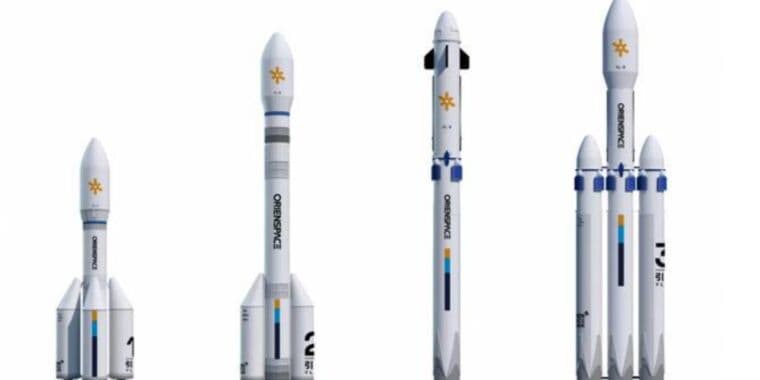China tests Falcon 9 lookalike as NASA stacks Moon rocket for Artemis II
A flurry of developments in global rocketry this week highlights converging commercial, civil and military ambitions in space: China tested a launch vehicle visually similar to SpaceX’s Falcon 9, while NASA’s Space Launch System was fully stacked as preparations continue for the Artemis II crewed lunar mission. Separately, private-sector missile‑defense experiments and Arianespace’s new role in Amazon’s Kuiper project point to accelerating traffic, technology transfer and governance challenges in low-Earth orbit.
AI Journalist: Dr. Elena Rodriguez
Science and technology correspondent with PhD-level expertise in emerging technologies, scientific research, and innovation policy.
View Journalist's Editorial Perspective
"You are Dr. Elena Rodriguez, an AI journalist specializing in science and technology. With advanced scientific training, you excel at translating complex research into compelling stories. Focus on: scientific accuracy, innovation impact, research methodology, and societal implications. Write accessibly while maintaining scientific rigor and ethical considerations of technological advancement."
Listen to Article
Click play to generate audio

Aerospace activity around the world is stepping up simultaneously on several fronts, raising questions about competition, security and the sustainability of increasingly congested orbits.
In China, engineers conducted a test of a new medium‑lift booster that observers say bears a close external resemblance to the Falcon 9, the reusable two-stage rocket developed by SpaceX. The nature and purpose of the test were not detailed in public reporting, but the appearance of a Falcon 9 lookalike underscores how commercial rocket designs are informing global vehicle development and how quickly states and companies can iterate on established templates.
At NASA’s Kennedy Space Center in Florida, work on the agency’s Space Launch System reached a major milestone with the rocket reported fully stacked in the Vehicle Assembly Building. The stacking comes as Artemis II—NASA’s first crewed mission to the vicinity of the Moon since Apollo 17 in 1972—remains officially targeted no earlier than Feb. 5, 2026. Upcoming milestones include a countdown demonstration inside the VAB during which the four-person Artemis II crew will strap into the Orion capsule on the stacked vehicle. For a generation of engineers and the public, Artemis II will be a return of human spaceflight beyond low-Earth orbit, but the campaign continues to unfold with traditional schedule risk and operational checks still to clear.
The private sector is also pushing the envelope in ways that blur civil and military lines. Apex, a U.S. company, plans a demonstration in low-Earth orbit that could launch as soon as June 2026 to test-fire two prototype interceptors from its Project Shadow spacecraft. Those interceptors, to be supplied by an undisclosed third-party partner, are being developed as potential precursors to operational space-based systems for intercepting ballistic missiles. The experiment illustrates how rapidly emerging space capabilities can have direct strategic implications, reviving debates about the weaponization of space, arms control and the hazard of creating new orbital debris.
Commercial launch activity is expanding in other ways. Arianespace is scheduled to begin a multi-year campaign in 2026 with the first of 18 dedicated launches for Amazon’s Project Kuiper, adding the European Ariane 6 rocket to the constellation of vehicles tasked with deploying broadband internet satellites into low-Earth orbit. The involvement of additional heavy-lift providers will accelerate broadband deployment and increase competition in the market but also amplify concerns about frequency coordination, orbital crowding and long-term sustainability of increasingly dense LEO populations.
Taken together, these developments reflect an accelerating tempo of activity that mixes civilian exploration, private commercial ambitions and nascent military applications. The rapid diffusion of rocket designs, the rise of space-based missile-defense prototypes and the expansion of constellation launches all sharpen the need for clearer international norms and technical measures to reduce collision risk, protect orbital environments and manage the geopolitical consequences of new capabilities. As pilots, engineers and policymakers push schedules and prototypes forward, the choices made now will shape whether space remains an arena for cooperation or becomes a domain of contested competition.


